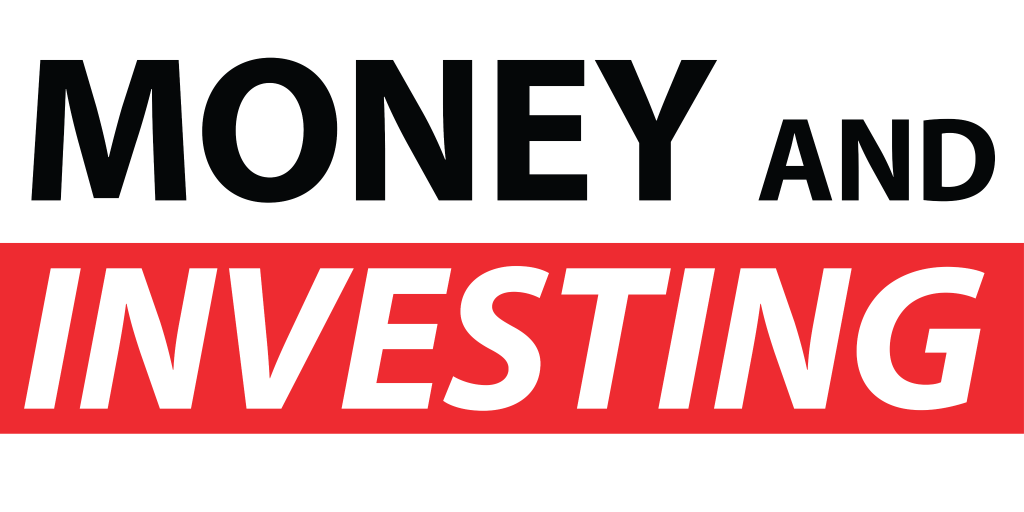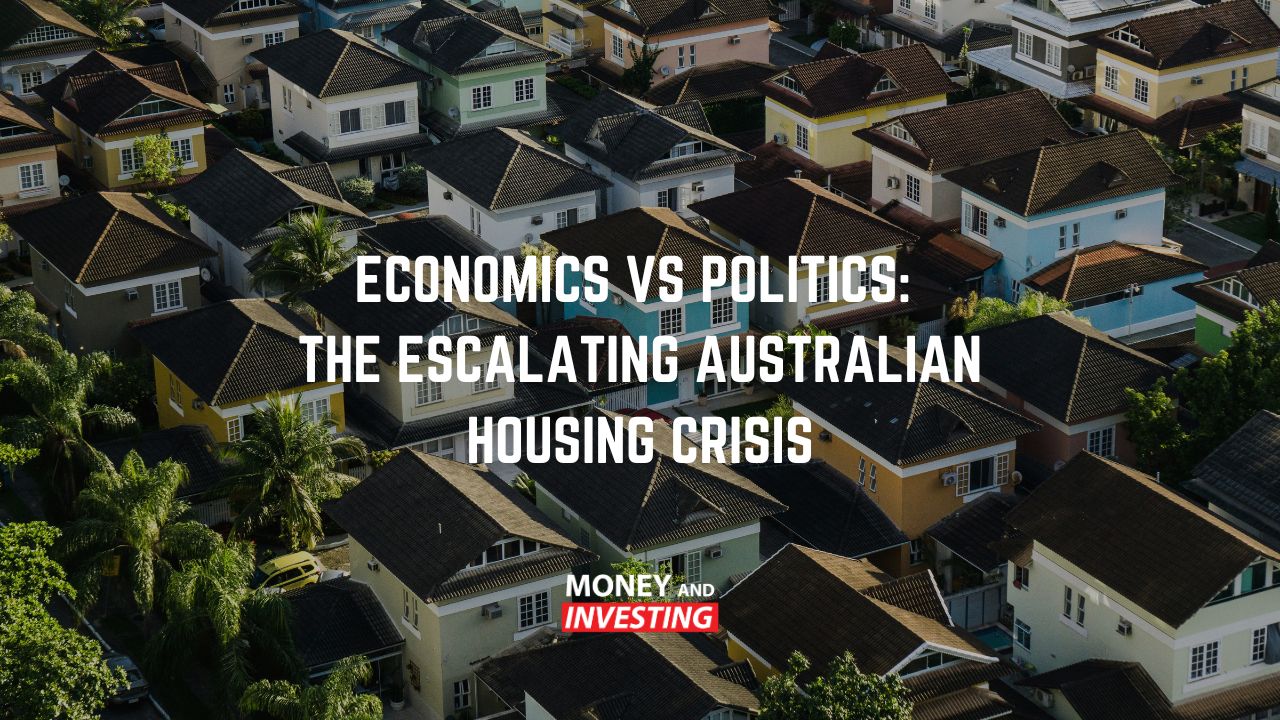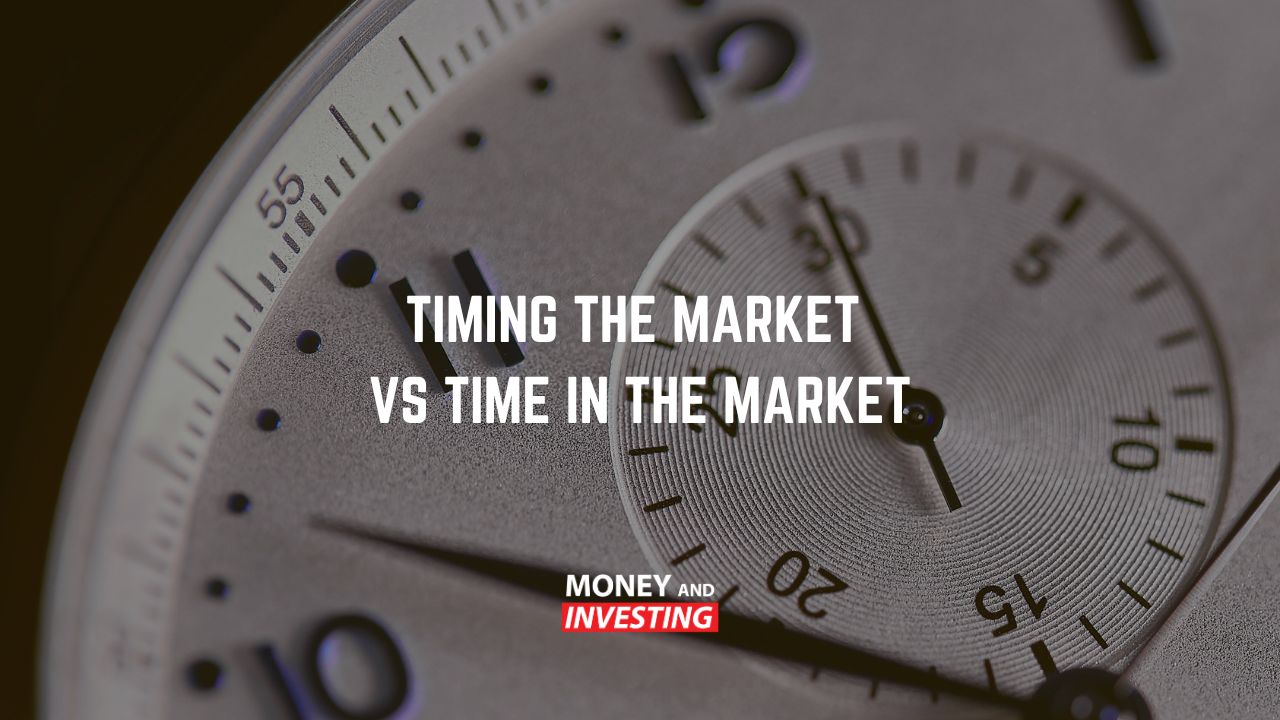Has Inflation Peaked?
Inflation has been the word on every investor’s lips for the past few months with governments taking measures to slow it down. Some believe that inflation is at a level now where it has peaked and it won’t go any higher. Host Andrew Baxter is not so sure, listen in to this week’s podcast to find out why.
Key Data – CPI and PPI
The Consumer Price Index (CPI) and the Producer Price Index (PPI) are the figures we hear of every month that tell us where inflation is at. Many look at CPI as the main indicator, but Host Andrew Baxter explains that PPI may be a more worthwhile indicator. Increased prices for producers eventually leads to the prices of goods and services going up for consumers. The most recent report shows that the rate of increase has slowed marginally in the CPI figure, but the PPI figure is at its highest level since inflation. Given the leading nature of PPI, a higher PPI says that perhaps the CPI will continue to keep up as prices are passed on, albeit a little while down the track.
Using that logic, it appears that perhaps inflation is not yet at its peak. In certain sectors, we have already seen major price increases for everyday items for everyday people. To name a few, vegetable prices have increased 82% with meat increasing 23%. Running a car has also become 60% more expensive in terms of fuel costs. Although these figures are astounding already, there is reason to suspect there are more increases to come.
Central Banks – Have They Done Their Job?
Interest rate hikes have been the talk of the town recently, with both the Federal Reserve and the Reserve Bank of Australia opting to increase interest rates so far this year. A common strategy of central banks is to provide forewarning of interest rate hikes before they are increased. so investors keep their hands off the panic button when they do increase. We are yet to see any true impact from these rate hikes other, so has the job been done? Host Andrew Baxter notes that the central banks have an uphill battle ahead of them as they try to reel in inflation after it has already run rampant. Starting the process 4 or 5 months late hasn’t helped the central banks’ in attacking inflation.
Addressing inflation on both the supply and demand side of the equation is imperative for the RBA and Fed and it may just take a while to get inflation back under control. Host Andrew Baxter foresees interest rates getting as high as 2-2.5% in the US, so there is certainly a bumpy road ahead for the Fed and for investors.
External Factors to Consider
While we here in Australia and in other parts of the world have seen the back of lockdowns, China has stood firm with their no strictly no Covid policies and brought in new restrictions. The fresh wave of Covid has forced about 25% of China’s enormous population into lockdown. Host Andrew Baxter explains that having such a large portion of a massive production centre of the world locked down boosts inflation. The inability of companies to produce their products, particularly in the tech space, has harmed supply and when supply drops but demand remains the same, prices increase. As a result, we see inflation increase. Similarly, the Ukraine and Russia war has seen oil prices reach enormous levels. The increased expenses of everyday costs ends with more pressure on margins, and as a result we see the extra expenses passed onto consumers.
What This Means for the Stock Market
One surprise out of the most recent earnings season comes from company’s being able to maintain their margins. Right now, retailers are able to be price makers with demand surging through the roof. With the current car demand higher than ever, there’s a strong possibility of your desired model being on backorder. When things slow down and demand increases, this is where retailers need to become flexible and adapt from price makers to negotiating prices for sales. All in all, host Andrew Baxter sees discretionary spending slowing down in the near future as consumers try to save some money through this inflationary period. As a result, defensive stocks such as consumer staples and utilities are a steady go-to when the market is turbulent.
Inflation plays on bond yields using TBT could be a good choice while the popular store of value gold is something that may also hold up quite well.



